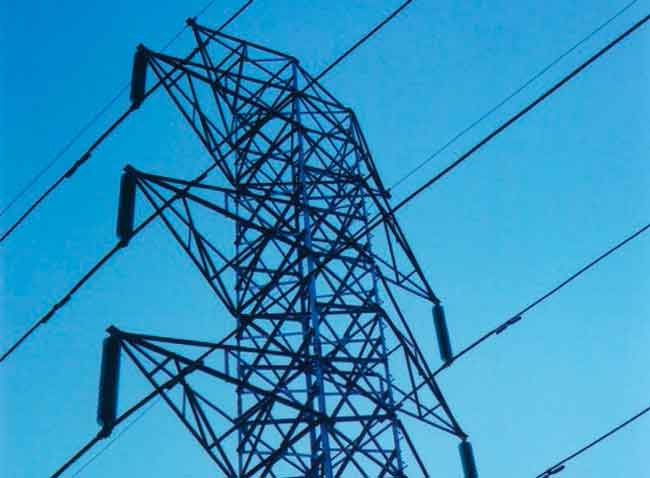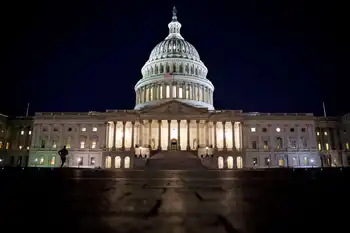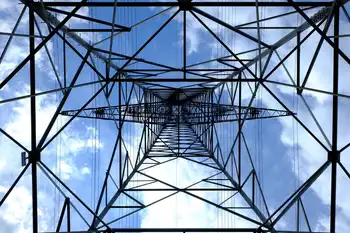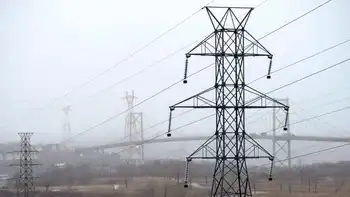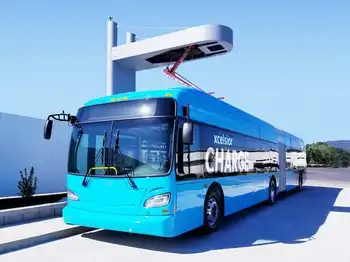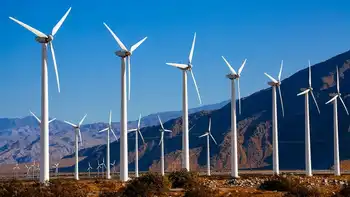Anti-noise activists oppose sounds for EVs
By New York Times
NFPA 70e Training - Arc Flash
Our customized live online or in‑person group training can be delivered to your staff at your location.

- Live Online
- 6 hours Instructor-led
- Group Training Available
But the very existence of this new addition to the standard traffic cacophony has also raised the hackles of another community — anti-noise activists.
“The advantage of hybrid and electric vehicles is that they’re quiet,” said Richard Tur, the founder of NoiseOff.org, which he describes as a coalition working to reduce noise pollution. “There’s a lot of scaremongering in the media portraying these cars as some kind of shark in the water, but I don’t see people getting run over left and right by them.”
Mr. Tur said that one proposed alternative to car-generated sounds is a device to be worn by blind people and other pedestrians that could receive signals generated by electric and hybrid cars and generate a warning. But Chris Danielsen, a spokesman for the National Federation of the Blind, said that “technology can fail — maybe the battery would go dead. Blind people would rather rely on our own senses and judgment than depending on a piece of technology.”
But would sounds emitted from EV’s, or electric vehicles, actually help? For Les Blomberg, founder of the nonprofit Noise Pollution Clearinghouse, part of the problem in detecting a vehicle’s approach is what he calls “masking” — too much traffic din makes it hard to hear any individual car, including hybrids and electrics. “Adding sounds does not increase detectability,” he said. “Instead, the solution is to decrease the noise from the worst offenders, which are trucks, buses and motorcycles.”
Mr. Danielsen said that test subjects in a study at the University of California at Riverside had worn headphones and listened to recordings of hybrid cars, operating at low speeds only on their electric motors. Even without any ambient noise, the test subjects, he said, could not hear the hybrids in time. “In real life, they would have been hit,” he said.
The studyÂ’s author, Lawrence Rosenblum, a psychologist, also did tests with added background noise, which made the cars even harder to detect. The study, which tested the reaction time to both hybrids and internal-combustion cars, was funded by the National Federation of the Blind.
Arline Bronzaft, the chairwoman of the noise committee for New York City’s GrowNYC, said in a statement that adding noise to EV’s “will increase the din in our environment for everyone. This at a time when we have increasing evidence that noise is hazardous to our mental and physical well-being.” She cited the Noise Control Act of 1972 as recognizing citizens’ rights to a quieter environment and also recommends a technological solution involving “special receivers” for the visually impaired.
Chelsea Sexton, a consultant to the EV industry, opposes the pending legislation, which would require generated sounds — with no on-off switch for the driver — on silent electric or hybrid cars. “I don’t think we have enough data to legislate noises on entire classes of vehicles,” she said. “We’re shifting responsibility from the driver not to hit someone onto the pedestrian to hear the car.”
Ms. Sexton said that if a law were drafted basing the need for added sounds on vehiclesÂ’ actual decibel level, it would probably ensnare some very quiet luxury cars, too.
Eric Bridges, director of advocacy and governmental affairs for the American Council of the Blind, asks people studying the issue to put themselves in his place, standing on a corner at a busy four-way intersection.
“You’re hearing traffic, or sometimes not hearing anything, and trying to figure out when it’s safe to cross,” said Mr. Bridges, who is blind. “An internal-combustion engine is a cue for you. But if there’s a hybrid or electric car there, it is making no noise whatsoever, and that impacts your ability to make a proper decision on whether it’s safe to cross the street. Millions of blind people make decisions like this every day.”





